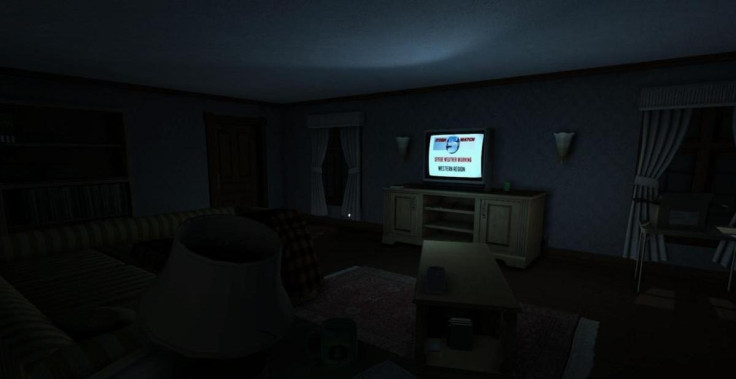Gone Home Shares Its Universe With Bioshock and System Shock
Fullbright Company's Steve Gaynor reveals all in podcast

Gone Home writer and The Fullbright Company co-founder Steve Gaynor has revealed that his hit indie game theoretically shares the same universe with Bioshock and System Shock.
Steve Gaynor, as well as his fellow co-founders Karla Zimonja and Johnnemann Nordhagen, all worked together on 2K Games Bioshock 2 DLC Minerva's Den before starting their own studio.
Gaynor explained the connections on his podcast, Tone Control, saying: "In a totally non-[litigious] way, we very lightly imply that [Gone Home] also takes place in the same universe as BioShock."
"And in Minerva's Den, again in a totally non-litigious way, we very lightly imply that BioShock takes place in the same universe as System Shock. So, in theory, if you were to make a lot of logical leaps, all of those games have been linked together by our ridiculous retconning."
Earlier this week IBTimesUK interviewed Steve Gaynor about Gone Home's success, what's next for his studio and the future of Gone Home's style of first person storytelling.
He also revealed to us that active development on an Oculus Rift version of the game had been cancelled.
"In Minerva's Den, there's the world's first video game, in theory, because there's a video game down there and it was from the '50s or whatever," Gaynor said to his guest, Blendo Games co-founder Brendon Chung.
"It's called Spitfire. I don't know if you found it when you played it, but it's like a vector graphics, like an Asteroids kind of thing. It's playable, the idea being that it was a super simple representation of a fighter plane in World War II shooting down enemy Zeros," Gaynor explained.
"In Gone Home, we wanted to make Super Nintendo cartridges that we put in the game, so one of them is called Super Spitfire. And the publisher is CMP Interactive, which stands for [Minerva's Den protagonist] Charles Milton Porter, because he survived and made it back to the surface."
"There's a couple of other little winks," he continued. "The airline that Katie takes to go to Europe, we never named the airline, but their logo is an '80s brand update to the airline that Jack's plane crashes into Rapture. So in a completely unenforceable way, theoretically, we have caused all of these universes to coexist."
System Shock - a 1999 sci-fi shooter from Irrational Games and the game that inspired Bioshock most - may also be part of the same universe.
Gaynor explains that the technological advances made in Bioshock could eventually lead to the technology behind System Shock's villain Shodan.
He explained: "The computer that's nicknamed The Thinker [in Minerva's Den] is nicknamed that because its designation is RODIN, spelled like the artist, and that's why there's a Thinker statue in the thing, and they nicknamed it The Thinker because of that.
"That stands for the Rapture Operational Data Interpreter Network, which going up to the surface would be shortened just to ODIN, the Operational Data Interpreter Network. And SHODAN stands for the Sentient Hyper Optimized Data Access Network, idea being that the acronym morphed over time."
To read our full interview with Steve Gaynor, head here.
© Copyright IBTimes 2025. All rights reserved.





















